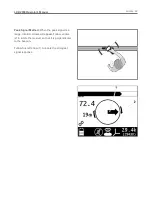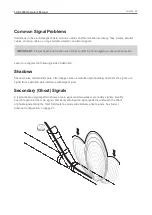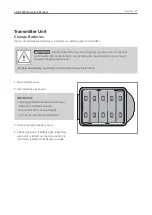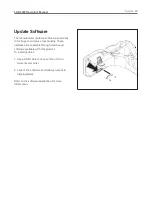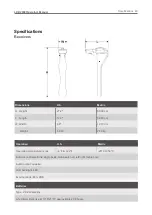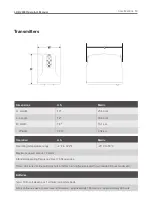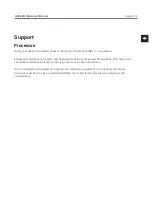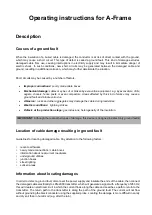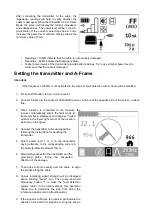
Operating instructions for A-Frame
Description
Causes of a ground fault
When the insulation of a buried cable is damaged, the conductor is at risk of direct contact with the ground,
which may cause a short circuit. This type of defect is called a ground fault. This kind of damage excludes
damaged cable from use, causing interruptions in electricity supply and may result in immediate danger of
electric shock. In such conditions, new short circuits may be generated between the damaged cable and
ground, resulting in additional corrosion, which may further deteriorate the situation.
Short circuits may be caused by a number of factors.
Improper connections: poorly made cable boxes
Mechanical damage: cables may be cut or broken by excavation equipment, e.g. by excavators, drills,
augers, shovels, fence posts or even compactors. Areas affected by this kind of works may cause a
ground fault and initiate corrosion.
Abrasion: rocks and other aggregates may damage the cable during landslides.
Weather conditions: lightning strikes.
Defects at the production stage: gas inclusions, heterogeneity of the insulation.
IMPORTANT:
Although there are other types of damage, this device is designed to detect only ground faults!
Location of cable damage resulting in ground fault
Guidelines for locating damaged cable. Pay attention to the following factors:
•
recent earthworks
•
newly made connections / cable boxes
•
information about new/current roadworks
•
underground utilities
•
junction boxes
•
street lighting
•
sunken areas
Information about locating damages
In order to detect a ground fault, disconnect the power supply and insulate the ends of the cable, then connect
the damaged cable electrically to LKN-2000 transmitter, which will generate a signal with a frequency of 263 Hz;
this will create an electrical circuit in which the current flows along the cable and searches a path to return to the
transmitter. The return path to the transmitter is along the path of the ground fault. The current will not flow
without grounding the black conductor using the supplied probe. Locating the damage is more difficult in sandy
and dry soil than in humid soil (e.g. after the rain).
Summary of Contents for LKZ-2000
Page 1: ...LKZ 2000 Operator s Manual Issue 1 2...
Page 10: ......
Page 11: ...LKZ 2000 Operator s Manual Contents 10...
Page 17: ...LKZ 2000 Operator s Manual Safety 16...
Page 25: ...LKZ 2000 Operator s Manual Control Icons 24...
Page 46: ...LKZ 2000 Operator s Manual Service 45 Service Chapter Contents General Care 46 As Needed 46...
Page 51: ...Battery saver unit shuts off after 5 minutes of inactivity...

